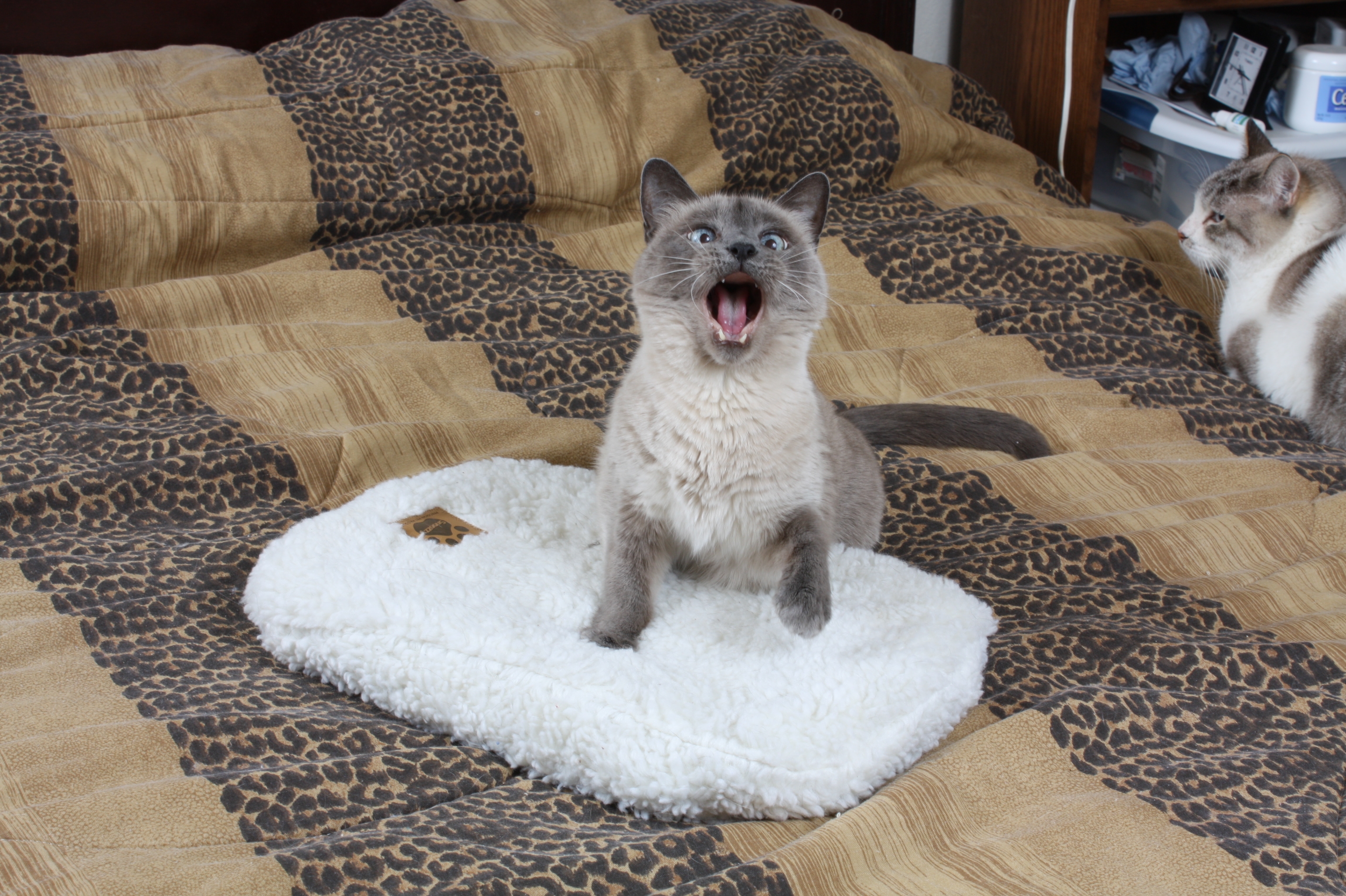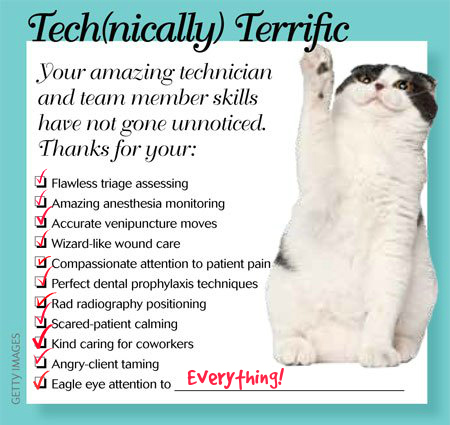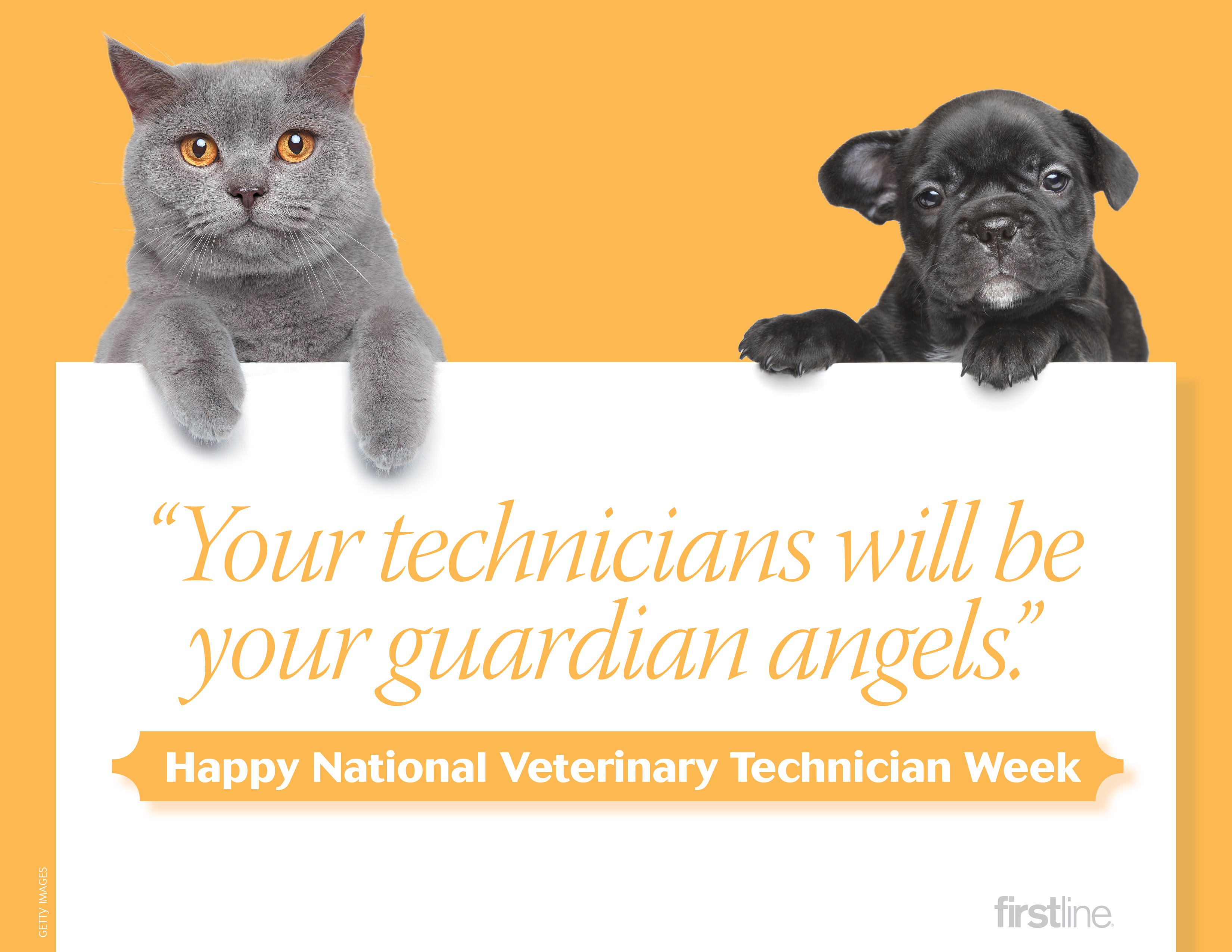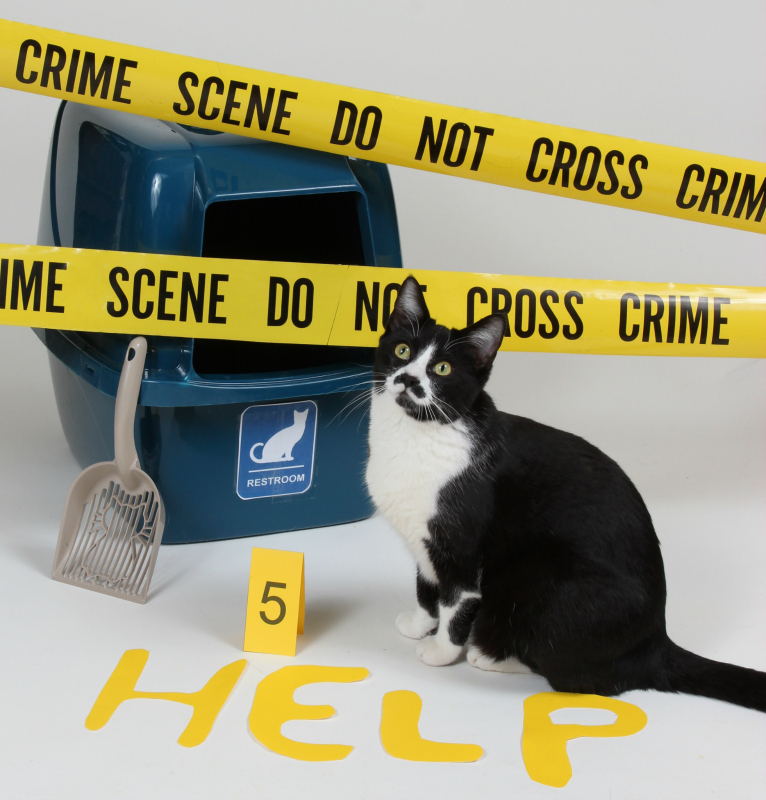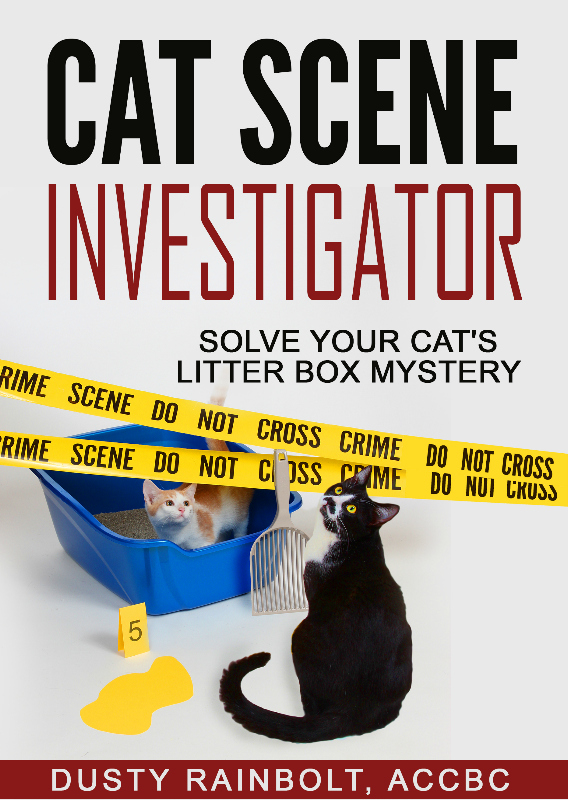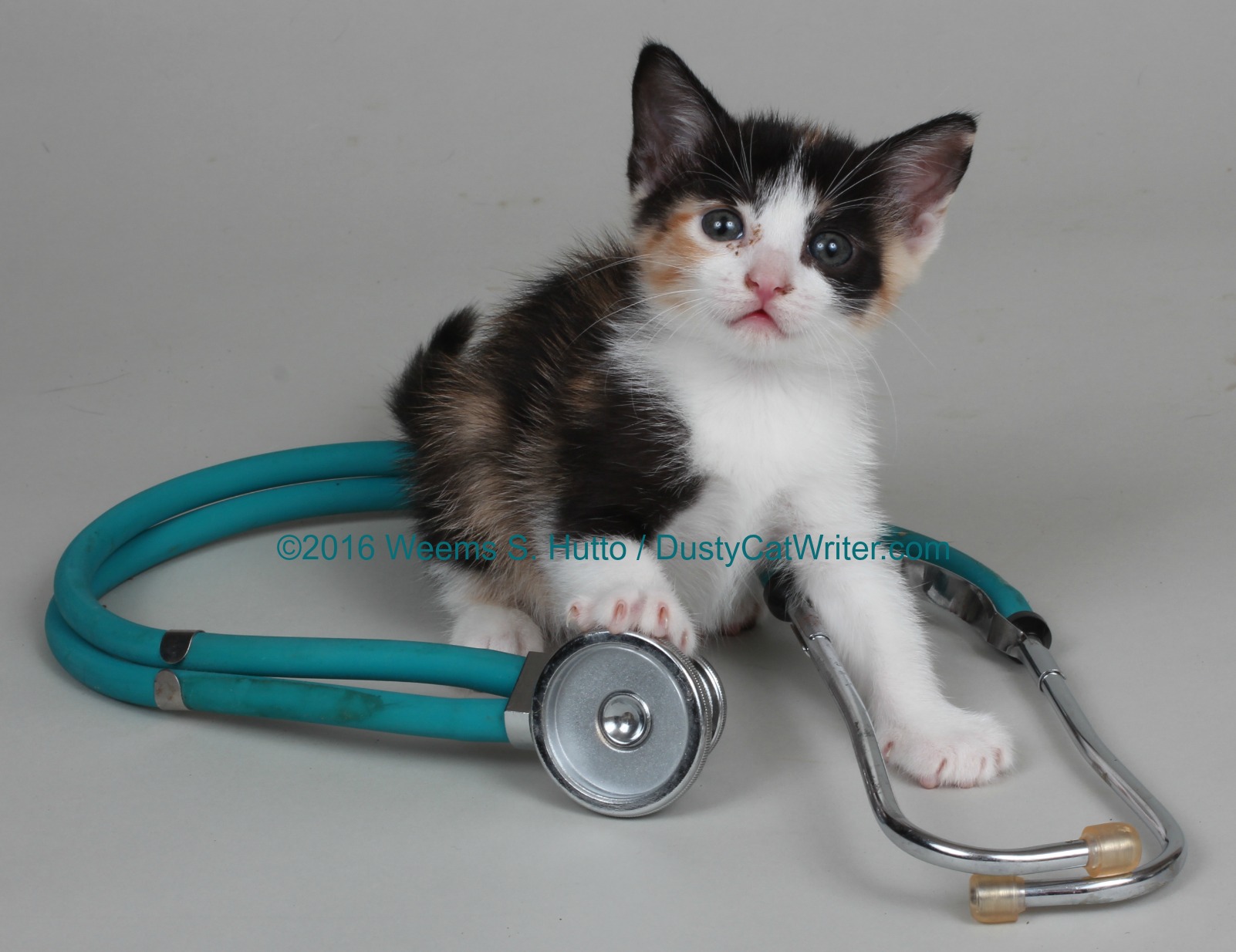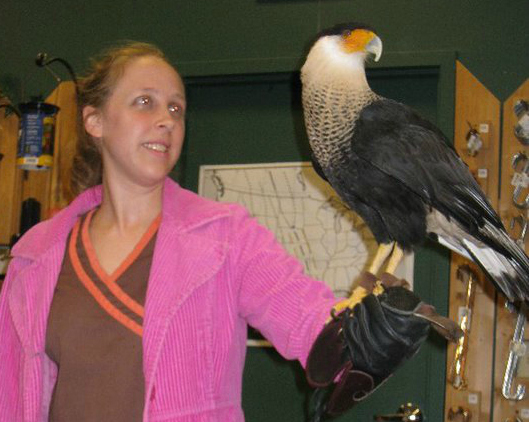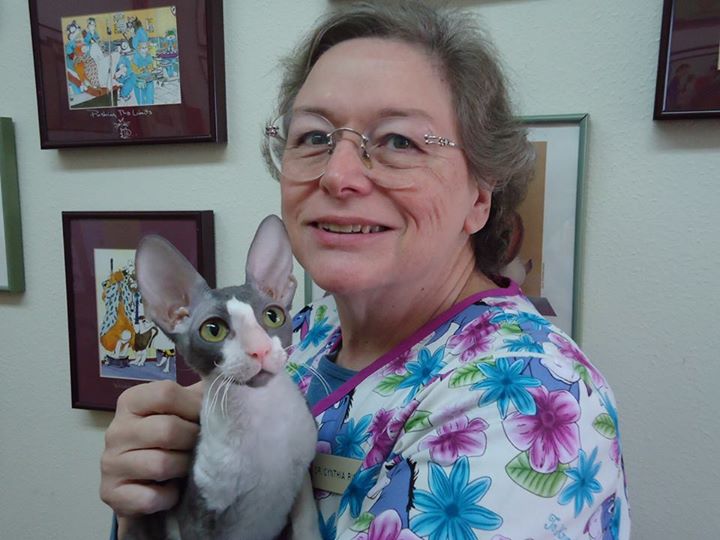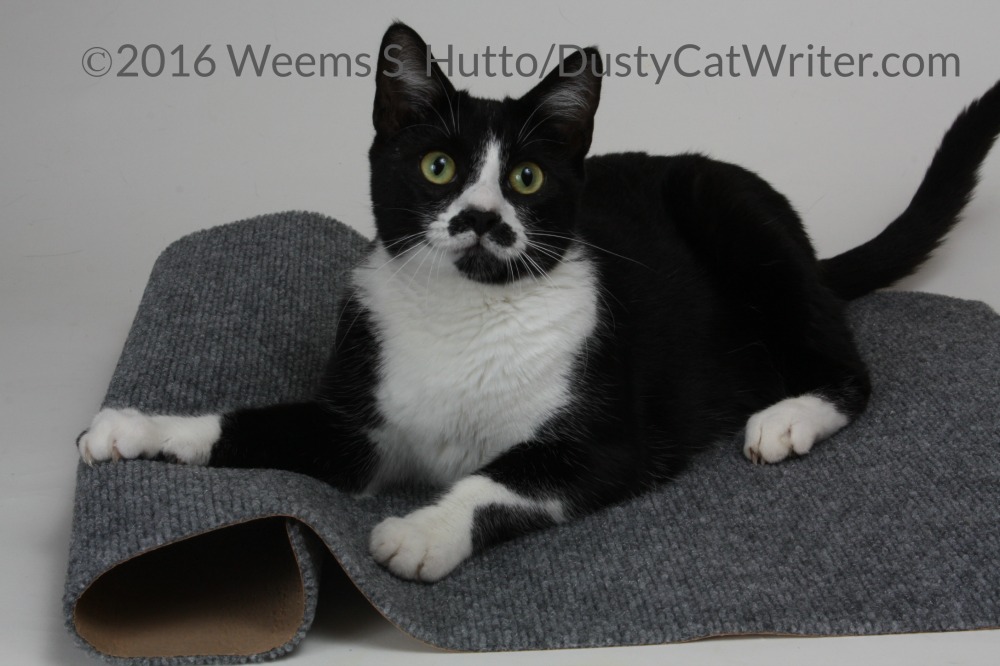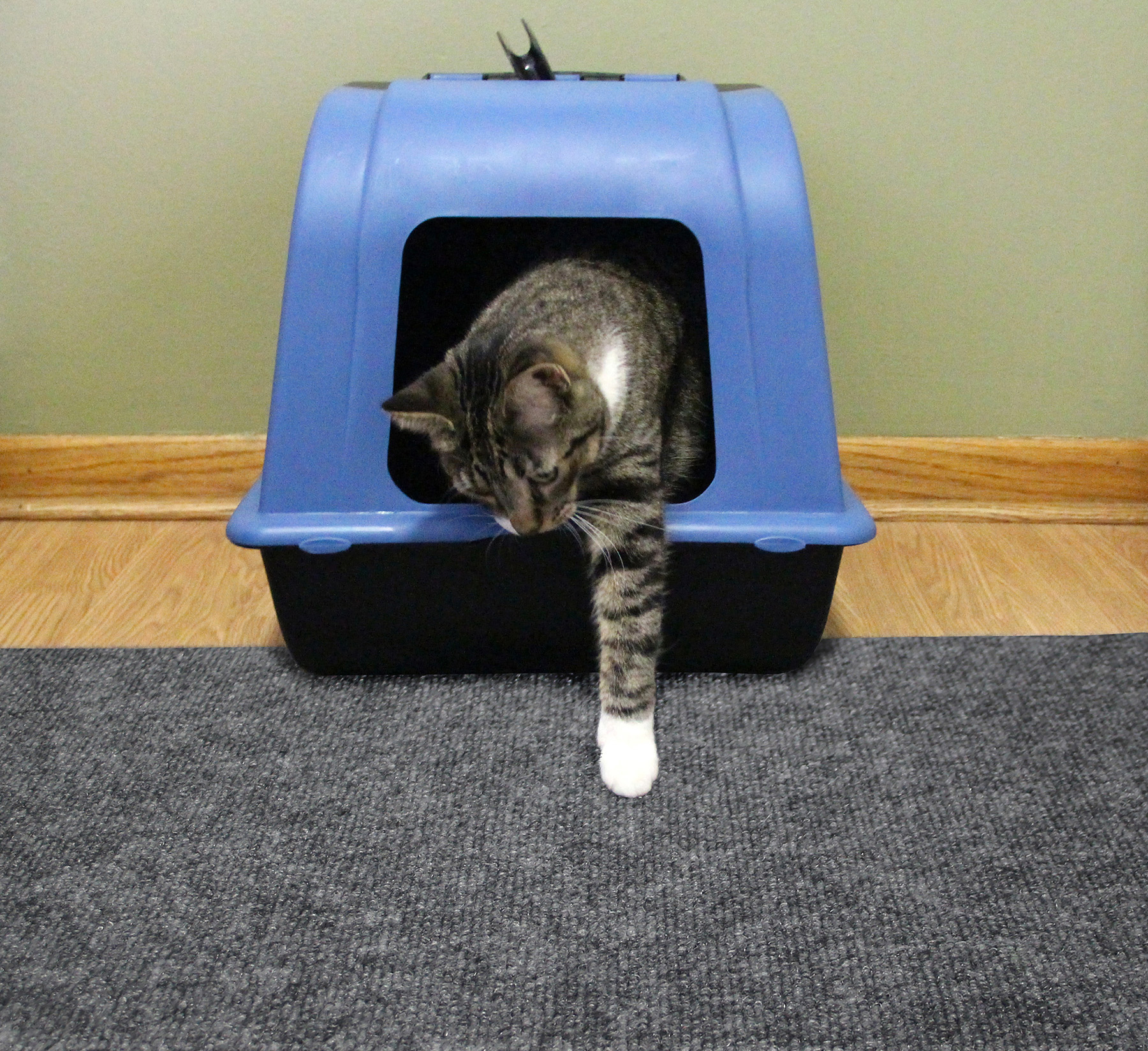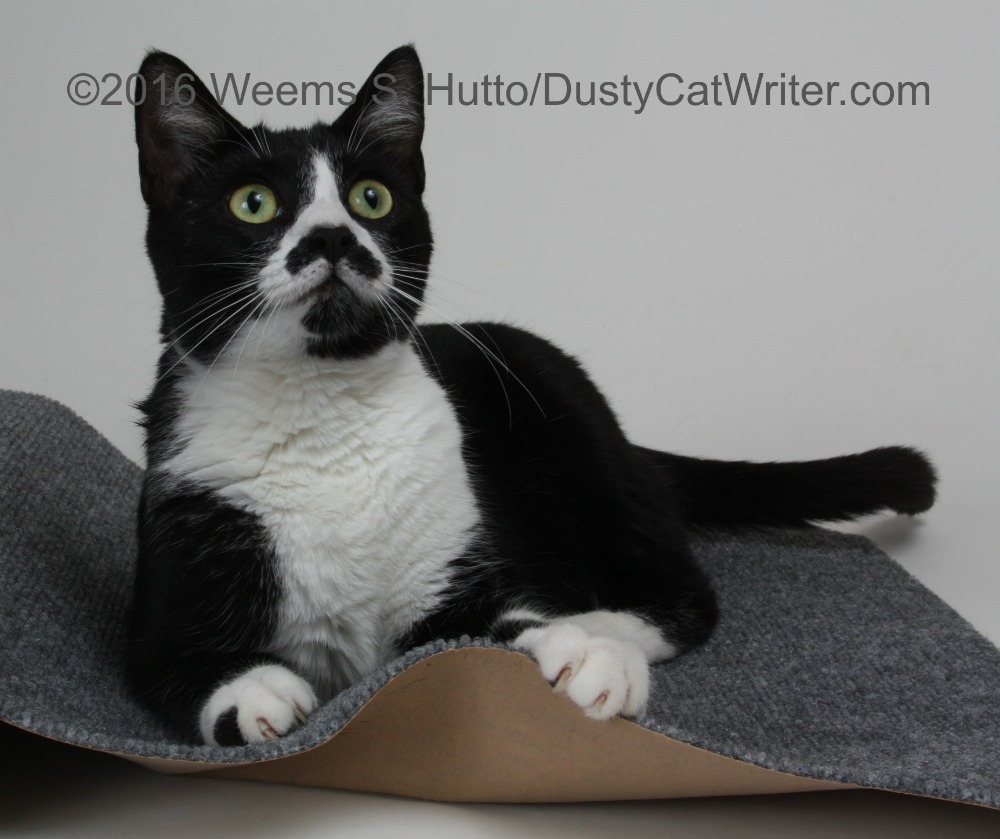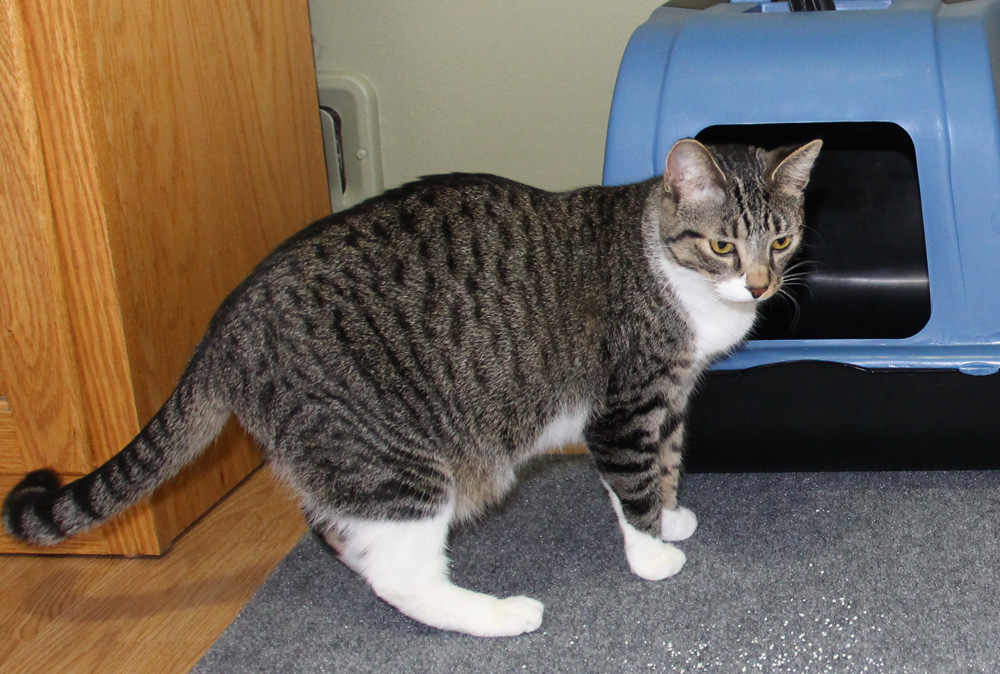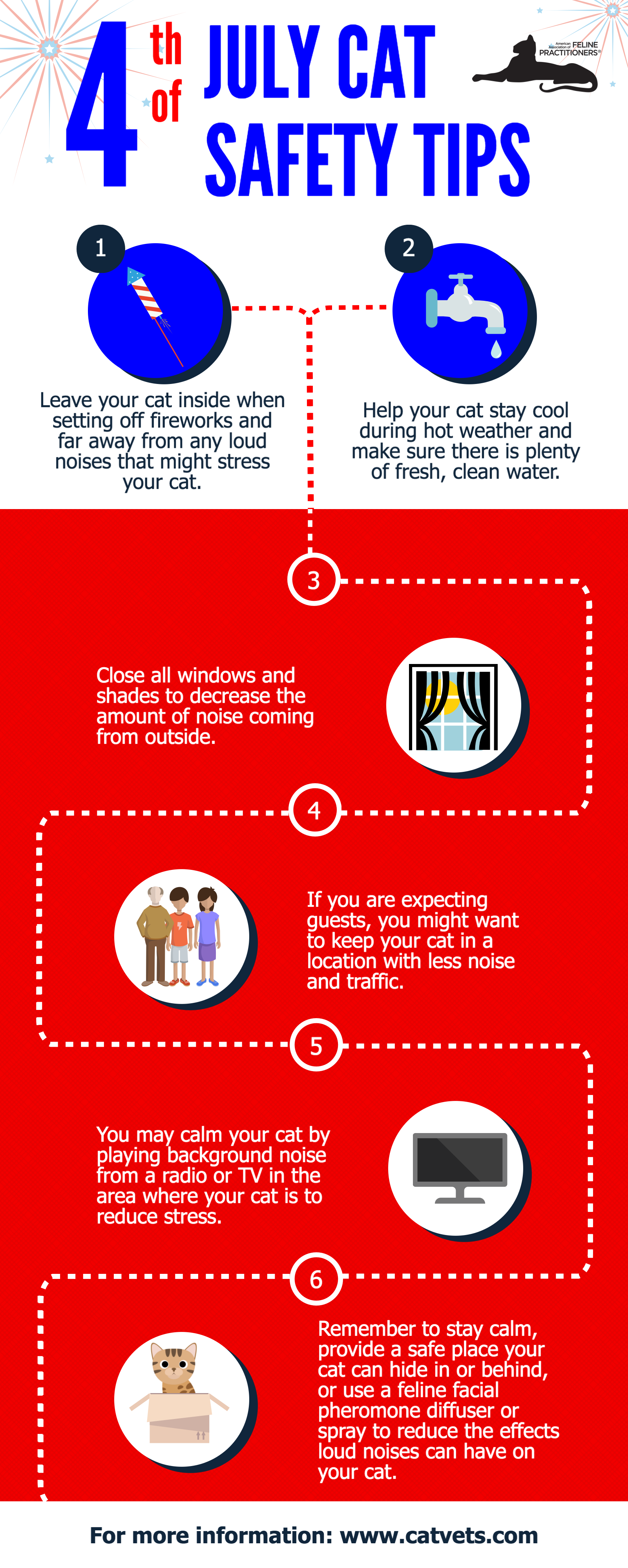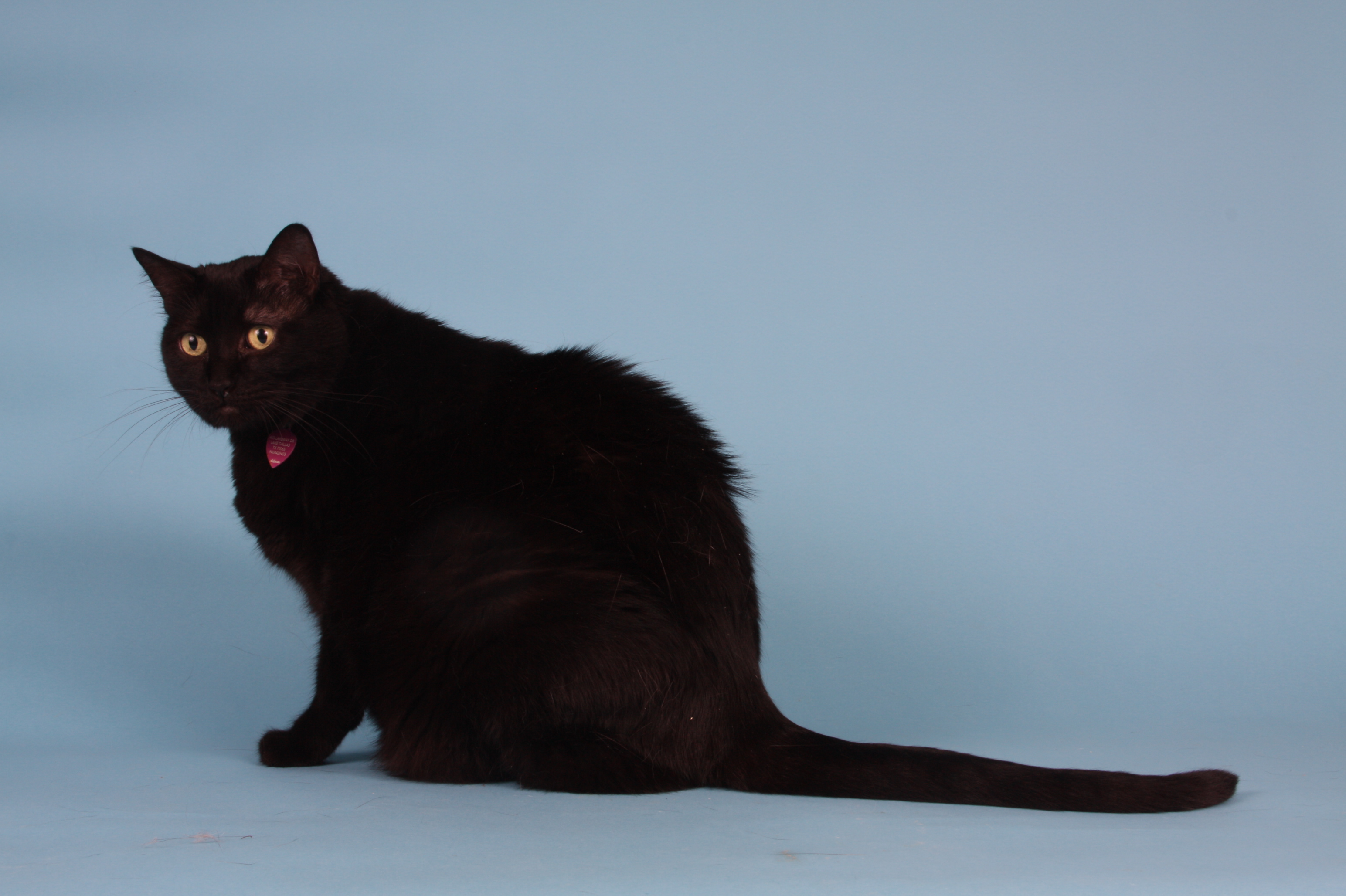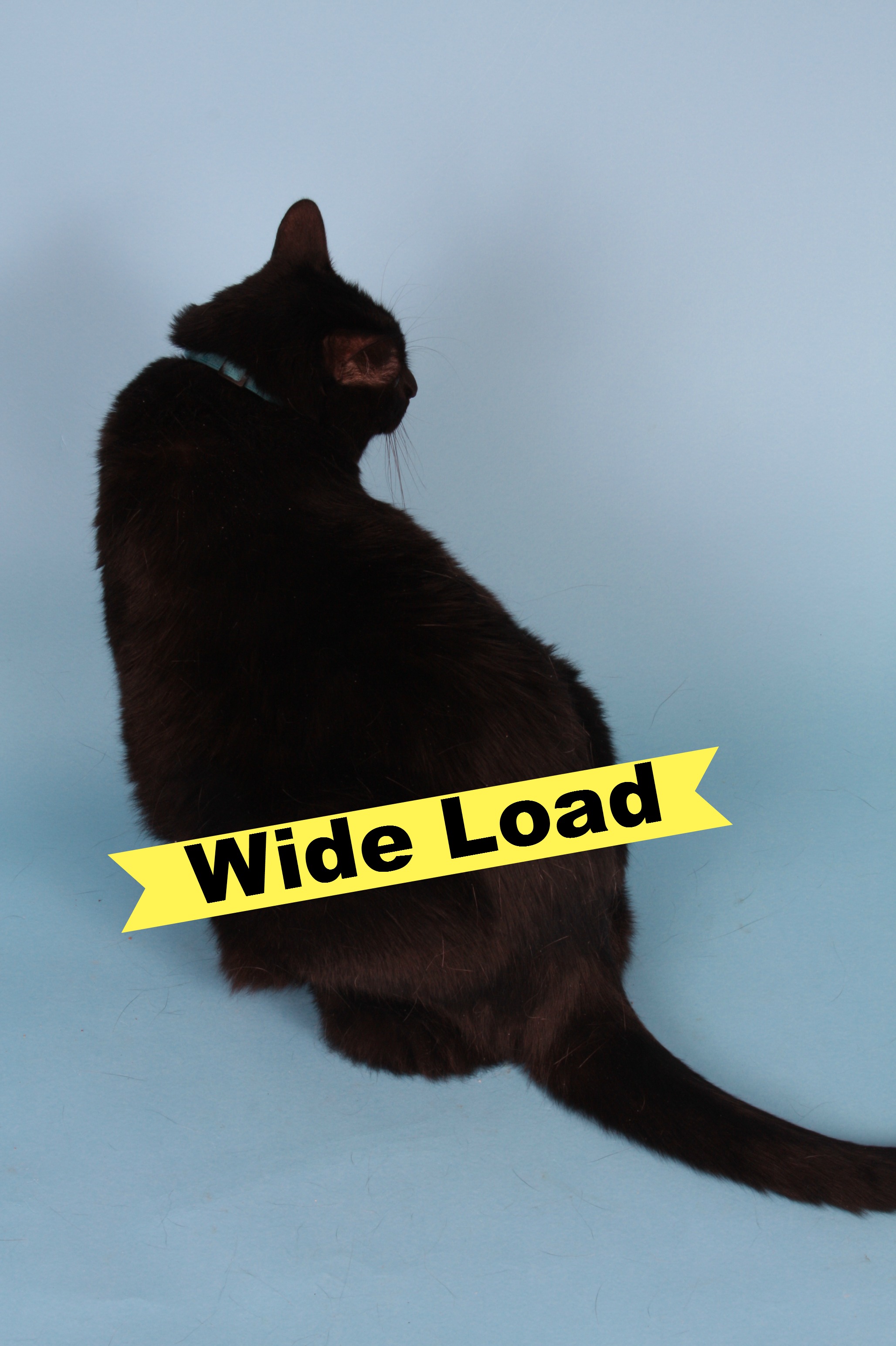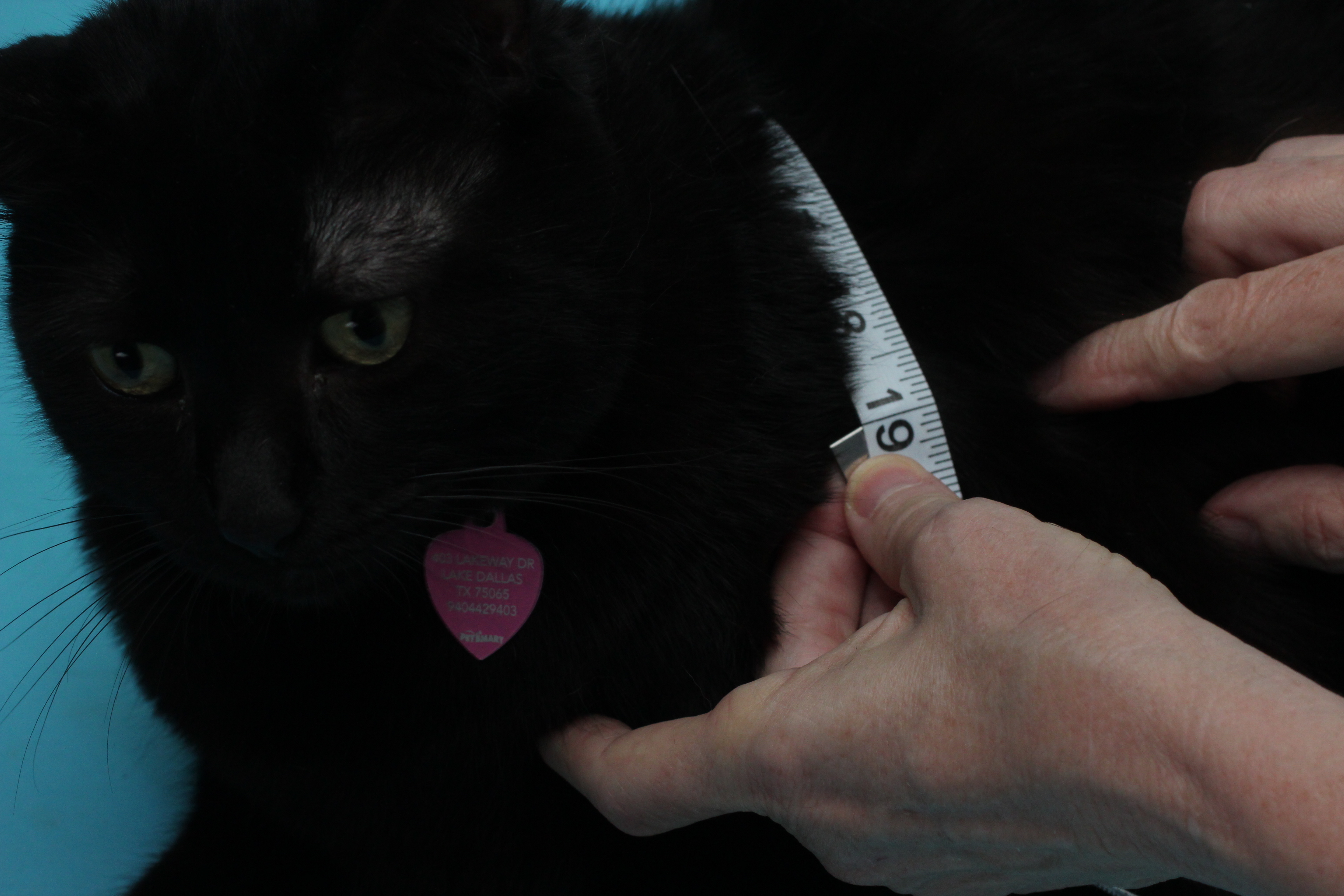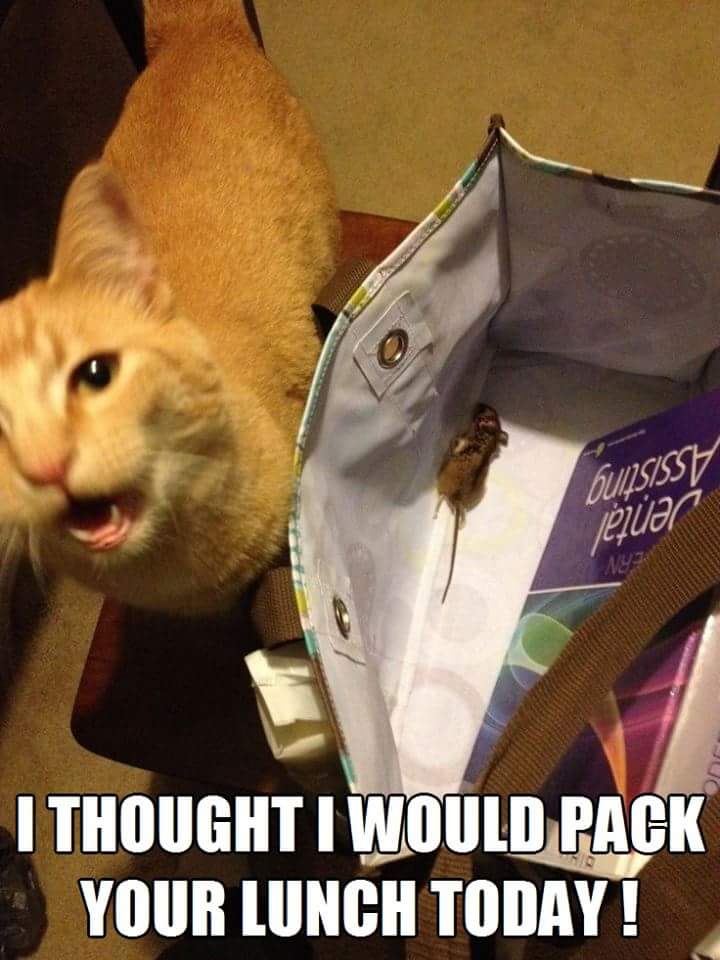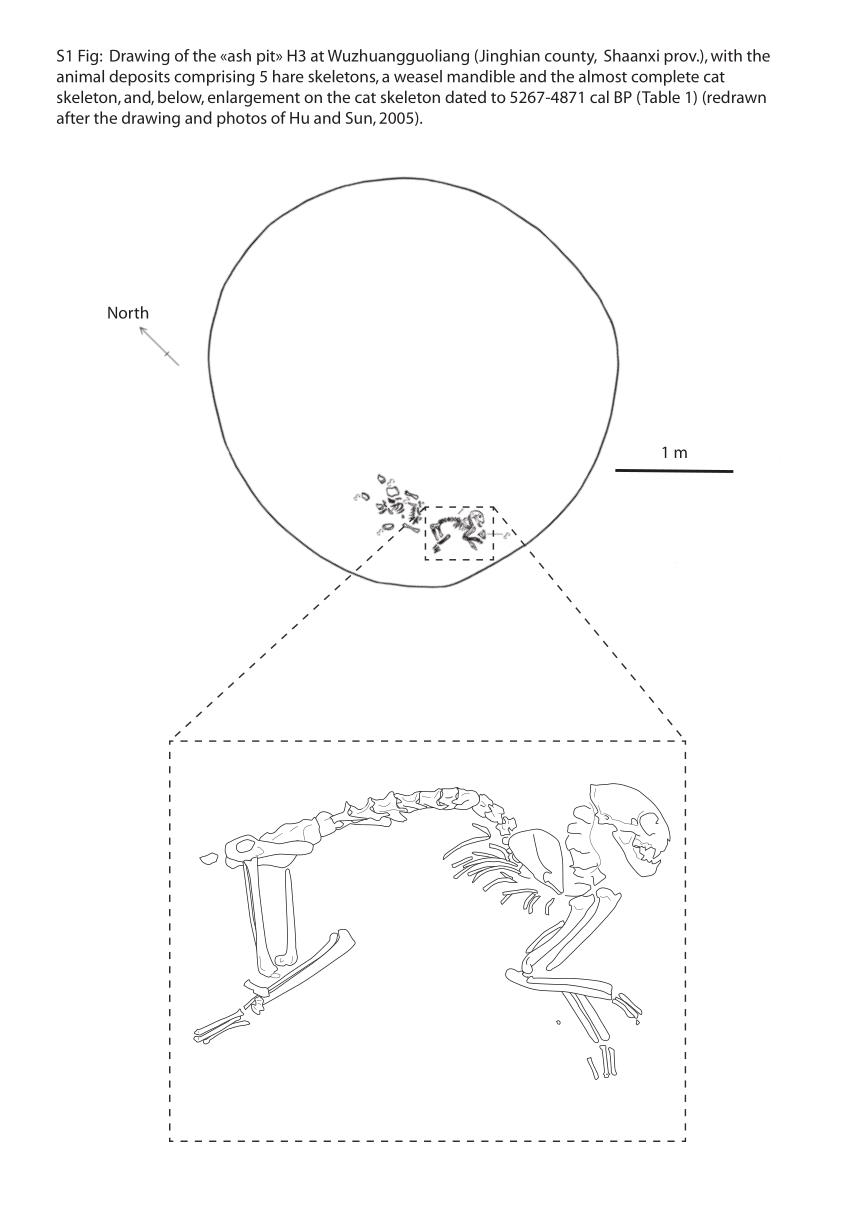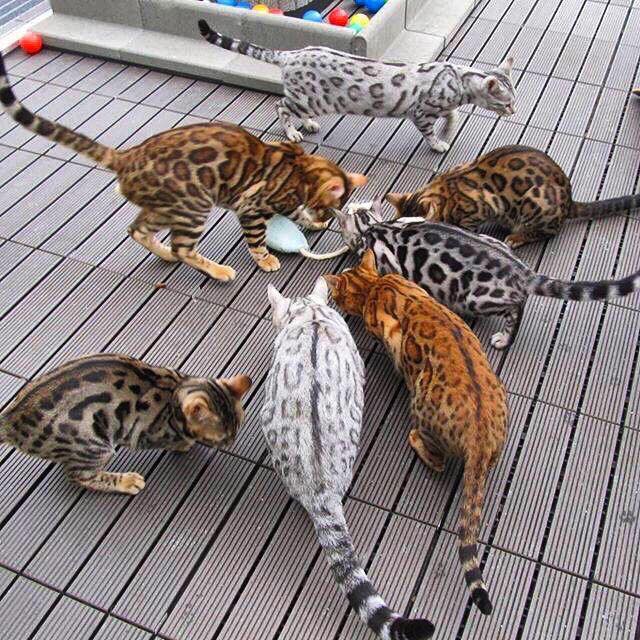November 3 is Cliché Day. Yes, really. It doesn’t rise to the occasion as does Veterans Day, but let’s have some fun! Clichés are overused and tired platitudes that became overused because there’s usually a grain of truth in it. On the other hand, some are interesting, but just plain wrong.
Erroneous Clichés
“He was weak as a kitten.” What are they talking about? Obviously whoever came up with this one is either talking about person who is as weak as the Hulk, or he has never tried to give a pill to an unwilling kitten. There is nothing weak about a kitten who is being forced to do something he doesn’t want to do.
“Curiosity killed the cat.” When I first became a cat owner, I cross stitched a this phrase for a friend who loved cats, but I thought the saying was too negative and morbid to hang on a kitchen wall. I edited it to say, “Curiosity is a cat.” However after having and rescuing so many kitties, I found that in too many cases, this is true. Now I prefer the the revision below.
“Curiosity killed the cat, but satisfaction brought it back.” Now were talking.However there is a third version that I find more applicable.

Accurate Clichés
“Ignorance killed the cat. Curiosity was framed.” ~C.J. Cherryh. Sadly this is so often true when cat owners fail to understand their cat’s unique physiology and behavior. (Apply canine flea products to the cat, giving Tylenol, bringing lilies into the house,)
“It’s raining cats and dogs.” Or should that be “the reigning cats and dogs?
“Herding cats.” As an official Cat Wrangler, I can assure you this is impossible. See my favorite commercial of all time.
https://www.youtube.com/watch?v=PZ0ur5GKC0w
“Look what the cat dragged in.” Okay. Me in the morning.
“Busier than a three legged cat in a dry sand box.” I have three three-legged kitties. Covering in the litter box isn’t a problem for them.
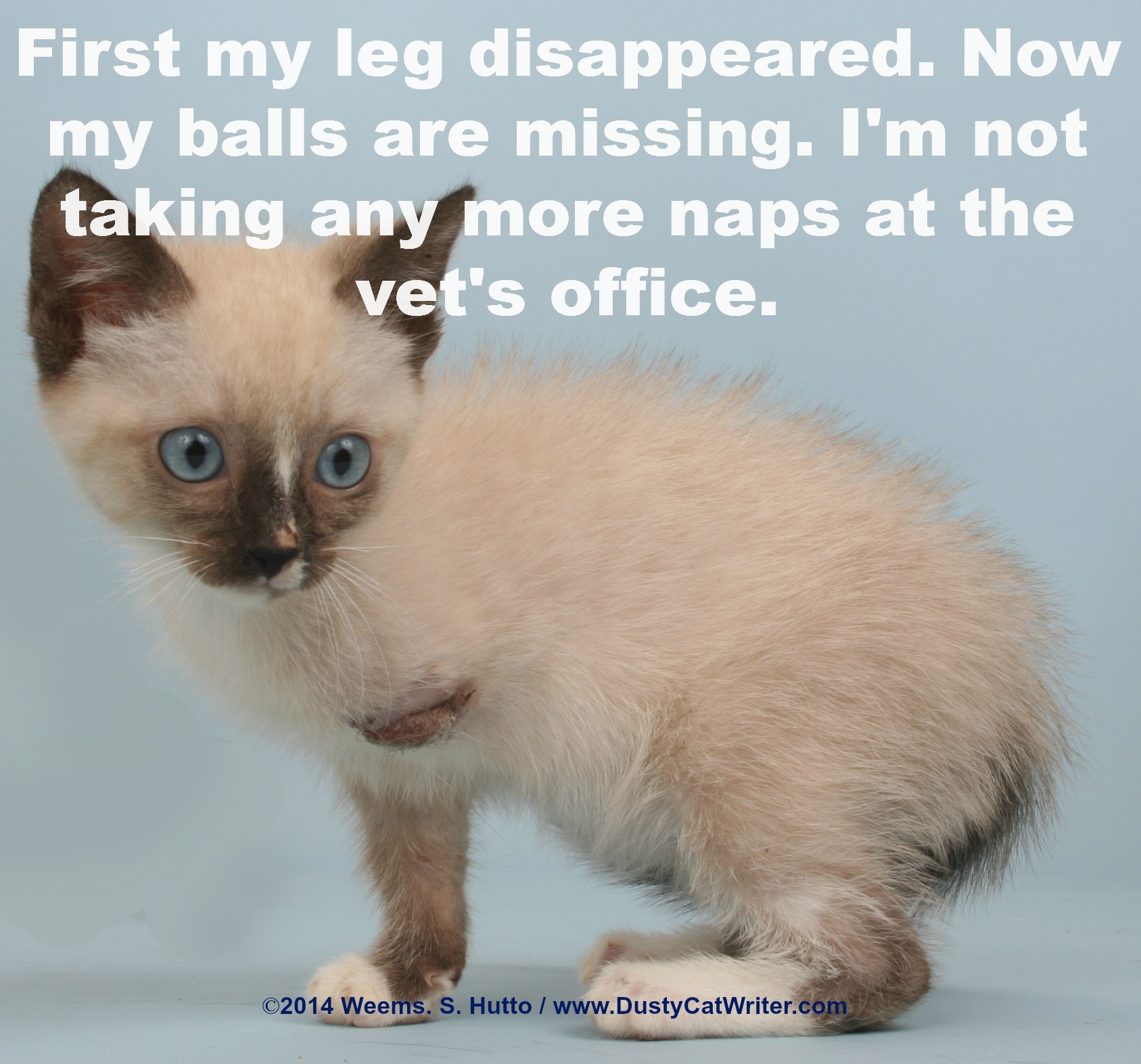
“The cat’s out of the bag.” In Medieval times farmers sold piglets and turned them over to customers inside a bag. However, unscrupulous people would put a cat in the sack. When the bag was opened the cat would flee and the person would learn he’d been duped. Of course the real truth is: It’s nearly impossible to get a cat to vacate a sack.
“When the cat’s away, the mice will play.” Just ask any bodega owner in New York City.
What are your favorite cat-related clichés?

